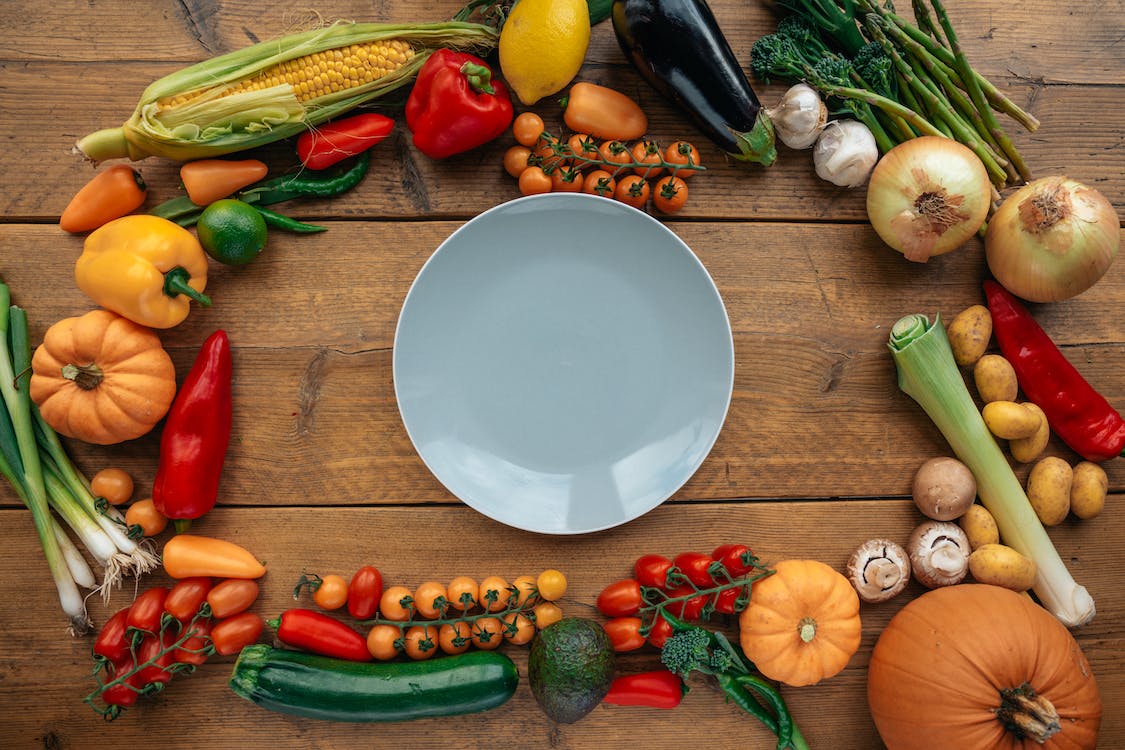September is probably one of the best months to nourish your body with vitamins. What foods are worth including so that you can stock up on autumn and winter nutrients?
It’s September when vegetables become available – fragrant and sun-soaked. So it’s time to put together a lavish vegetable plate.
Be sure to put sweet peppers on it. Just 100 grams contain more than two daily allowances of vitamin C and vitamin A. Green, red, orange, yellow – the more colorful the peppers on the menu, the better.
Add more green leafy vegetables – they are high in B vitamins, which stabilize the nervous system.
Don’t forget white cabbage. They contain the same amount of vitamin C as citrus fruits, and they are also rich in vitamin K. It is essential for normal blood clotting, teeth, bones, and metabolism.
Vitamin K is not destroyed by heat. Therefore, fresh cabbage salads (which are high in ascorbic acid) can be alternated with a side dish of stewed cabbage. And it’s a good idea to add carrots – beta-carotene is also better absorbed after braising.
Have more dishes of seasonal vegetables on your table: they are very healthy, and bright colors stimulate the appetite and create a mood
The list of vegetables is endless. In September, they can all be excellent vitamin boosters. And in order to make the most of them, there are three simple rules to follow.
Try to choose local vegetables in the first half of autumn, the vitamins from which are not lost in transport and storage. Regionality is one of the most trendy principles of healthy eating in general. But let’s be honest: it is almost impossible to follow it in winter in our latitudes. But in September, when there are a lot of tasty vegetables, it really is the right decision.
The more varied the mix of vegetables, the better. Tomatoes and aubergines, courgettes and pumpkins, a whole range of leafy salads and herbs, onions and garlic – all vegetables are tasty and full of vitamins now.
The amount can and even should be increased. The WHO recommends eating 400g of fruit and vegetables per day, but this is the minimum. In season, this amount can go up to a kilogram, unless you have significant intestinal problems.
Berries again
Summer berries – strawberries, raspberries, cherries – are gone by September. Instead, cranberries, cowberries and sea buckthorn take their place.
The latter are often called a vitamin bomb, and deservedly so. To eat 100 g of sea buckthorn means to provide two daily allowances of vitamin C and not less than one third of the beta-carotene and vitamin E. The orange, fragrant berry is also rich in valuable minerals and antioxidants lutein and zeaxanthin, which improve eyesight.
Sea buckthorn is a vitamin bomb! Treat yourself and your loved ones with cocktails, teas, and compotes from this wonderful autumn berry.
Cranberries and cranberries are more appreciated for their special acids and again antioxidants, but they also have more than enough vitamins A, C, E and group B.
The good thing about autumn berries is that they store well. On the downside, you can’t just eat them like you would strawberries or raspberries. But that’s just one more reason to make a great vitamin smoothie from grinded berries with honey. And of course, sour autumn berries are ideal for making vitamin morsels without cooking.
And if sour berries don’t appeal to you after all, September is the perfect time to enjoy one of the sweetest grapes. There’s a wide range of grapes in early autumn, all of which provide your body with vitamins A, C, K and B6.
